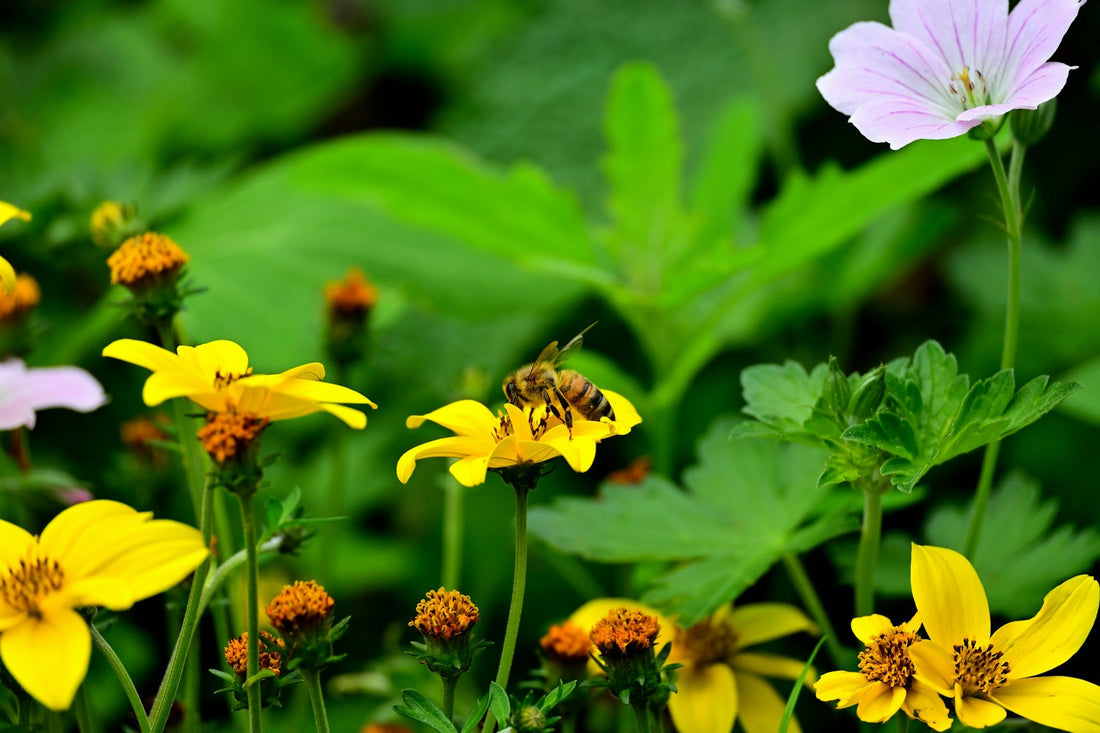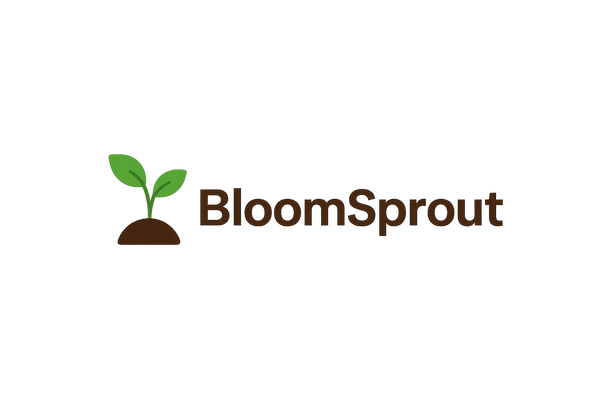
Creating a Pollinator-Friendly Garden
Share
Attracting bees, butterflies, and other pollinators is essential for a healthy garden ecosystem. Pollinators improve plant health, increase fruit and vegetable yields, and support biodiversity. By choosing the right plants and creating a welcoming environment, you can turn your garden into a haven for these beneficial creatures.
🌸 Choosing Pollinator-Friendly Plants
-
Native Flowers: They provide nectar and pollen that local pollinators prefer.
-
Continuous Bloom: Plant flowers that bloom at different times to provide year-round resources.
-
Colorful Choices: Bright colors like yellow, purple, and blue attract bees and butterflies.
-
Fragrant Varieties: Strong scents guide pollinators to your garden.
Product Tip: Our garden shop carries seed packs of pollinator-friendly flowers, including sunflowers, lavender, and coneflowers.
☀️ Providing Water and Shelter
-
Shallow Water Sources: Bees need small water areas to drink safely.
-
Insect Hotels: Provide nesting spaces for solitary bees and beneficial insects.
-
Avoid Pesticides: Use organic solutions to protect pollinators.
Product Tip: Explore our DIY insect hotel kits and eco-friendly watering stations.
🍂 Seasonal Planting Tips
-
Spring: Plant early-blooming flowers like crocuses and tulips.
-
Summer: Maintain blooms with regular watering and deadheading.
-
Autumn: Plant late-blooming species to extend nectar supply.
-
Winter: Leave some seed heads and plant cover crops to sustain wildlife.
🌱 Pollinator Benefits
-
Improves fruit, vegetable, and flower production
-
Enhances biodiversity and ecological balance
-
Provides educational opportunities for children and gardeners
Product Tip: Our pollinator-friendly garden kits include flower seeds, planting guides, and eco-friendly fertilizers for optimal results.
